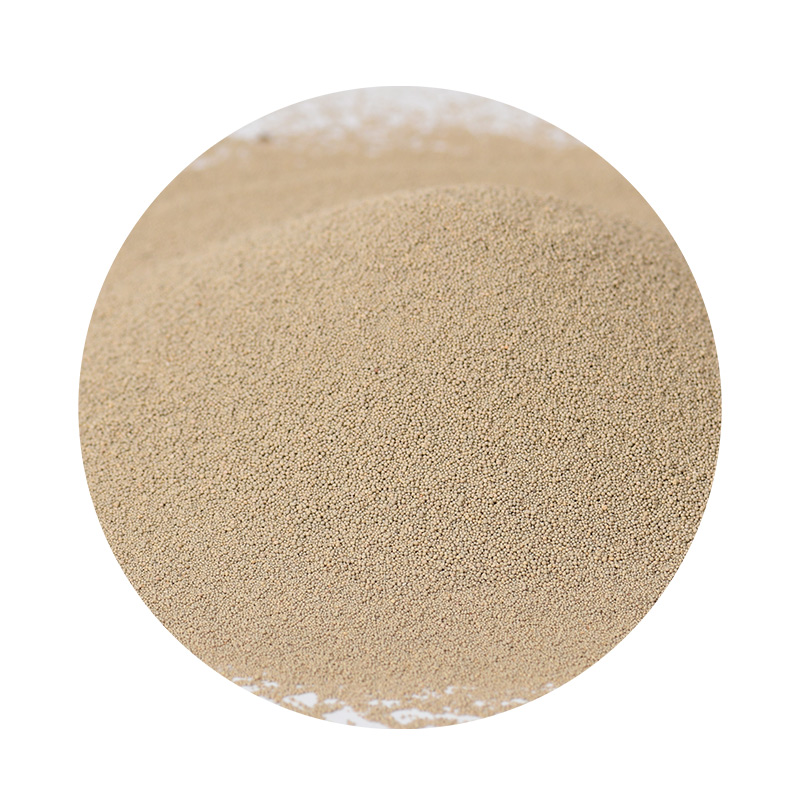The Art of Sanding and Polishing Resin A Complete Guide
Sanding and polishing resin can elevate your DIY projects from basic to stunning. Whether you’re creating jewelry, sculptures, or functional pieces, achieving a smooth and glossy finish is essential to showcase the beauty of resin. In this guide, we’ll explore the essential techniques, tools, and tips to help you master the art of sanding and polishing resin.
Understanding Resin
Resin is a versatile material that comes in various types, from epoxy to polyester. Once cured, it becomes solid and can be transformed into beautiful objects. However, the finish of the cured resin may not always be perfect. It often has imperfections, such as bubbles or uneven surfaces, which necessitate sanding and polishing for optimal appearance.
Tools and Materials
Before diving into the process, gather the necessary tools and materials
- Sandpaper Use a range from coarse (80-120 grit) to fine (400-2000 grit) for gradual smoothing. - Sanding Block Helps apply even pressure and keeps the sanding surface flat. - Water Wet sanding reduces dust and heat, leading to a smoother finish. - Polishing Compound A fine abrasive cream that enhances the gloss. - Polishing Cloth or Buffing Wheel For applying polishing compound effectively.
The Sanding Process
1. Initial Sanding Start with coarse sandpaper (around 80-120 grit) to remove any major imperfections or excess material. Sand in a circular motion or back-and-forth, applying light pressure. Don’t sand too aggressively, as this can create scratches that will be difficult to remove later.
2. Progressive Sanding Gradually move through the grits, progressing to medium (180-320 grit) and then fine sandpapers (400-1000 grit). Each successive grit should remove the scratches left by the previous one. Always sand using water to minimize dust and cool down the surface.
3. Final Sanding For the last stage, use ultra-fine sandpaper (2000 grit) to achieve a nearly smooth finish. This stage is crucial for preparing the resin for polishing, so take your time and ensure an even surface across your project.
sand and polish resin

The Polishing Process
Once you’ve finished sanding, it’s time to bring out the shine
1. Cleaning Rinse the piece with water to remove any dust or debris left from sanding. Dry it thoroughly with a clean cloth.
2. Applying Polishing Compound Apply a small amount of polishing compound onto the polishing cloth or buffing wheel. Work the compound into the resin using gentle circular motions. Start with moderate pressure and gradually increase it as needed.
3. Buffing Continue to buff the surface until you achieve the desired level of gloss. This may take some time, so be patient. If the surface begins to feel warm, take breaks to allow it to cool down.
4. Final Touches Use a clean polishing cloth to wipe off any excess polishing compound. Check the surface for any areas that might need additional polishing. Repeat the process as necessary until you’re satisfied with the finish.
Tips for Success
- Test First If you’re new to sanding and polishing resin, practice on a scrap piece before working on your final project. - Environment Work in a well-ventilated area and use a dust mask, especially during sanding, to protect against harmful particles. - Patience is Key Rushing the process can lead to more imperfections. Take your time to ensure a quality finish.
Conclusion
Sanding and polishing resin is a skill that can significantly improve the appearance of your projects. With practice and the right techniques, you can achieve a professional-looking finish that highlights the unique properties of resin. Whether crafting small pieces of jewelry or larger artistic works, mastering the art of sanding and polishing will elevate your creations to new heights. So, gather your tools and get started—beautiful resin work awaits!
Post time:نومبر . 14, 2024 14:55
Next:støberisands fysiske egenskaber
